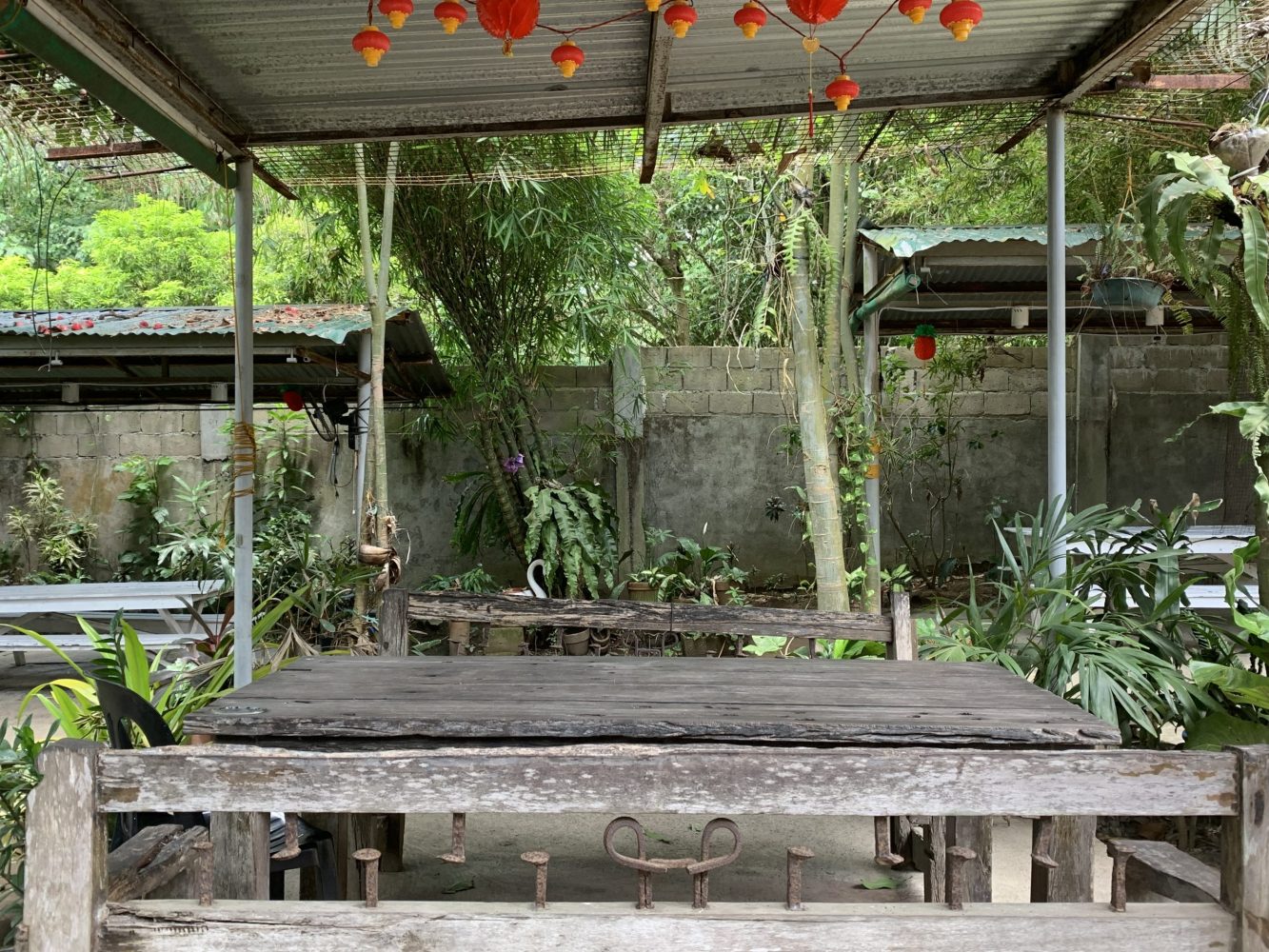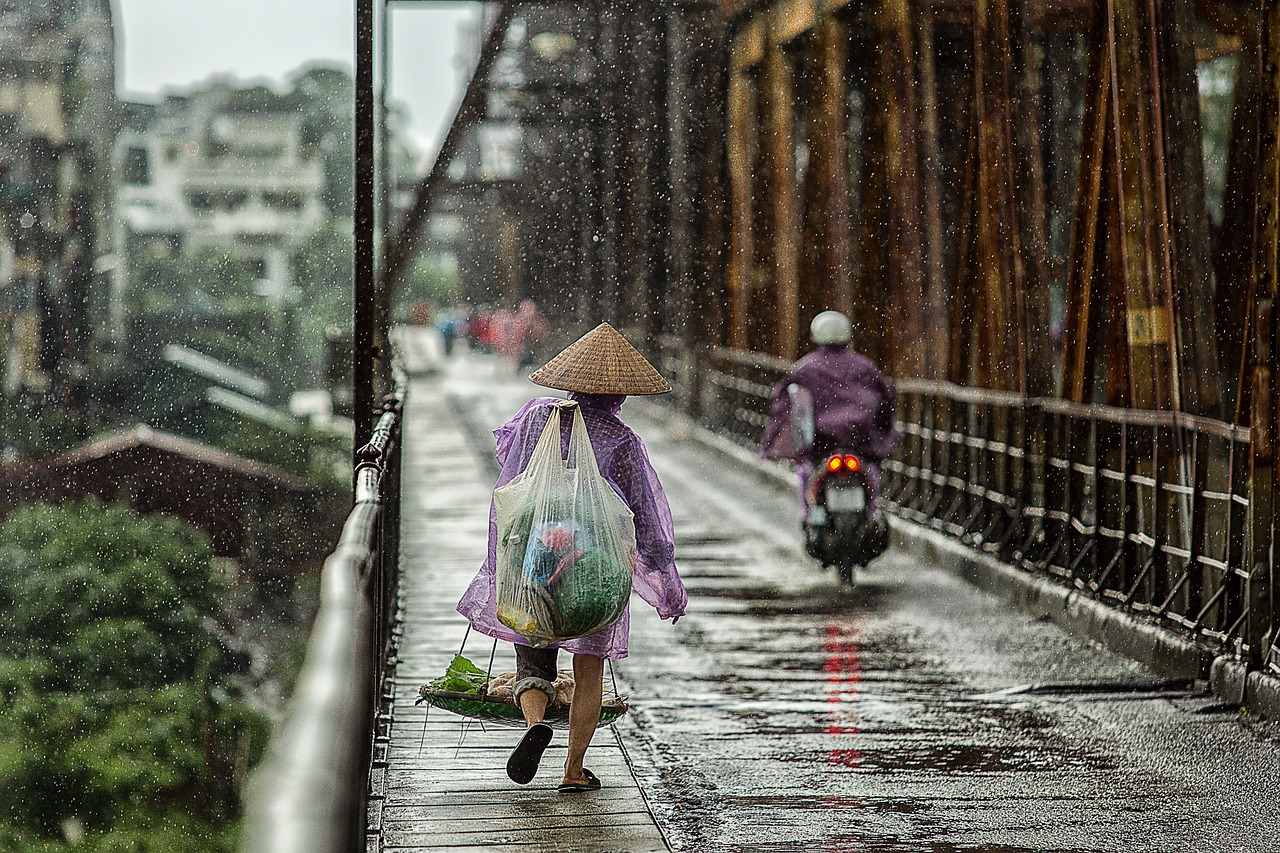News Roundup 22 September 2022
Sep 22, 2022 • 6 min Read
Manila court: Not all activists are part of underground movement | PHILSTAR.COM – In dismissing the Department of Justice’s proscription petition against the Communist Party of the Philippines-New People’s Army, the Manila court warned against the dangers of red-tagging groups or activists that are simply airing concerns on their specific advocacies or to how the government is running the nation. The Manila Regional Trial Court Branch 19 in a decision dated September 21, signed by Presiding Judge Marlo Magdoza-Malagar, said membership in national democratic mass organizations (NDMOs) does not automatically mean that the individual is also part of underground illegal movements or even the CPP-NPA. “Members of NDMOs espouse valid societal change, without necessarily giving through to ‘armed struggle’ or ‘violence’ aimed at overthrowing the government, as a means to achieve the same,” its decision read. The court junked the DOJ’s request to declare members of the CPP and its armed wing, the NPA, as terrorist groups under Section 17 of the Human Security Act of 2007. The HSA has since been repealed by the Anti-Terrorism Act of 2020, under which CPP-NPA as designated as terrorists. In the same petition the DOJ initially asked to name 600 individuals, which included activists and members of non-government organizations, as members of the CPP-NPA, but the individuals have denied allegations made against them. The list of respondents have since been trimmed down to less than 20 names. “To automatically lump activists, mostly members of the above ground organizations as members of the CPP-NPA invariably constitute red-tagging,” the court added, further explaining that activists red-tagged may be exposed to security threats. Judge Magdoza-Malagar also highlighted the importance of joining NDMOs or other activist in the democratic process “where individuals and communities exercise their right to shape government policy and ultimately, society.” “Activism is a political act, by which an informed and active citizenry expresses and works for change in an array of political issues that affect them,” the court said. In its decision, the court also noted that while the CPP-NPA has organized members, it does not exist “for the purpose of engaging in terrorism.” It also raised that even if an individual is part of the CPP-NPA, it is possible that they are part of a faction that “does not necessarily espouse, much less commit, acts pursuant to, ‘armed struggle.’” As the government continues on with efforts to counter insurgency, Judge Magdoza-Malagar wrote that it should make efforts in respecting people’s right to “right to dissent, to due process and to the rule of law.” “The government can, while uncompromising in its fight against the Communism, regard the CPP’s act of taking the cudgels of the marginalized — as an impetus to better address these sectors’ concerns,” the court said.
Hataman laments cut in Mindanao infrastructure budget for 2023 | INQUIRER.NET – Basilan Rep. Mujiv Hataman has expressed dismay at the slashed infrastructure funds for Mindanao in the proposed 2023 national budget, noting that some of the poorest regions in the country are located there. Hataman said Mindanao will have P30.49 billion for its infrastructure outlay in 2023, which, compared to the P84.69 billion allocated in 2022, is a cut of P54.2 billion or 64 percent, according to the lawmaker. The Basilan solon warned that the slashed infrastructure funds might lead to higher poverty rates, as infrastructure projects are known economic and employment drivers due to their high multiplier effect. “Bakit ganun kalaki ang pagtapyas ng pondo ng imprastraktura pagdating sa Mindanao? Ibig sabihin malaking trabaho ang mawawala, at tataas ang poverty incidence rates,” Hataman said. (Why is the budget cut for the infrastructure programs for Mindanao so big? It means many jobs would be lost, and poverty incidence rates would be higher.) “Malinaw sa atin na ang infrastructure ay siyang lumilikha ng trabaho at lumilikha ng income sa madaming manggagawa sa construction, so malaking contribution ito sa pag-address ng poverty. At ang multiplier nyan ay yung peace and security sa mga lugar na tinatamaan ng imprastruktura,” he added. (It is clear that infrastructure projects create jobs and generate income because many things are addressed in construction, which greatly contributes to addressing poverty. And the multiplier it brings to areas with infrastructure projects are found in boosts to the peace and security situation.) The huge budget cut prompted Hataman to ask the Development Budget Coordinating Committee (DBCC), which includes the Department of Budget and Management if Mindanao’s poverty incidence was considered in drafting the national budget. Hataman reasoned that four of the five poorest regions in the country can be found in Mindanao: The Bangsamoro Autonomous Region in Muslim Mindanao (BARMM) with a 45.8 percent poverty rate; Caraga with 38.3 percent; the Zamboanga Peninsula with 37.4 percent; and Soccsksargen, 34.1 percent.
Butuan university holds exhibit, film showing to show martial law horrors | INQUIRER.NET – Student organizations and teachers of Father Saturnino Urios University (FSUU) in tnis city commemorated the 50th anniversary of martial law declaration in 1972 by organizing a film showing with a photo exhibit that aims to remember the realities the nation faced and experienced during those tumultuous times. The event was participated by the Social Sciences Division, the Political Science and Economics Society, and history students. “We, the Social Sciences Division, have been aware that there are attempts to change the historical narratives. Case in point, this Marcos Martial Law event in the past. This historical revisionism or denialism, as Prof. Ambeth Ocampo points out, has been making the rounds in all media channels. We want to help our students discern the disinformation, so we have to empower them by presenting the past events as they really happened, using primary and secondary historical sources,” said Rochelle A. Valencia, instructor in Philippine History. In a statement, the Social Sciences Division pointed out that the exhibit is a good occasion to remind the Urian community that they have to be constantly vigilant as there are groups of people who want to distort the facts. “Remembering the abuses of martial law is to ensure that we do not forget the lives lost and wasted. 50 years have passed, yet some of the perpetrators have not been called to account for their abuses. This part of our history is painful, but it should not be committed to oblivion. We will not forget until justice is served and the surviving victims are compensated,” added Valencia. Sirad B. Mamalampac, a first-year nursing student, said the event was a big help in informing her and her peers about what really happened in the past. “This is a good way for us (to learn), especially the young ones, because we tend to forget the past or what happened in the Philippines during the dictatorship and the martial law era. I felt like it’s a good way to help enlighten individuals because there are a lot of teenagers who don’t know what really happened, either they do not understand it, or they choose not to understand, which is really sad,” said Mamalampac. Mamalampac added that although touted as the hope of the nation, the younger generation usually falls to disinformation and forgets the injustices of the past. “Because of historical revisionism, instead of learning from our past, we are repeating the same mistakes, adding to the pain and injury of those who already suffered the injustices,” he said.




